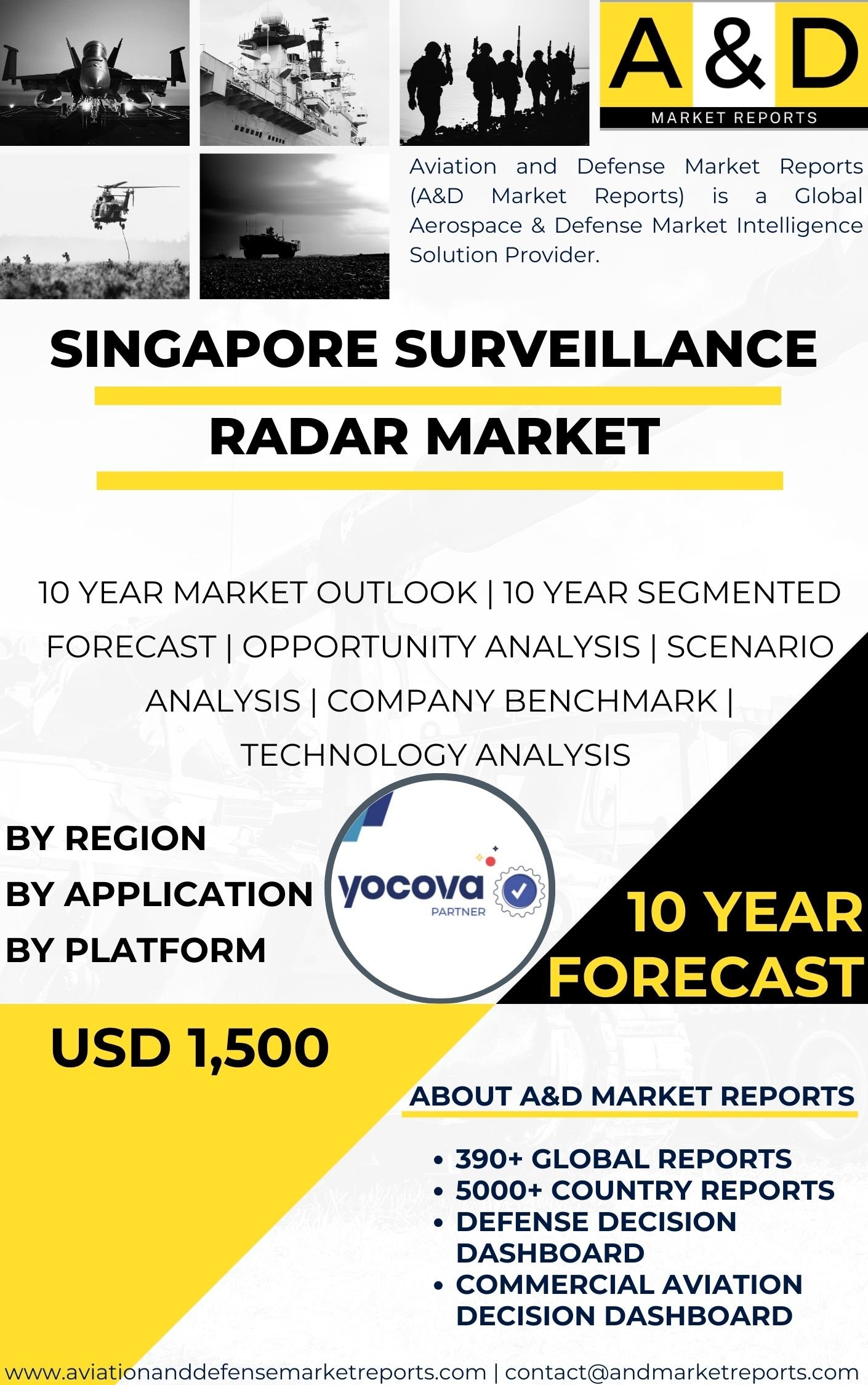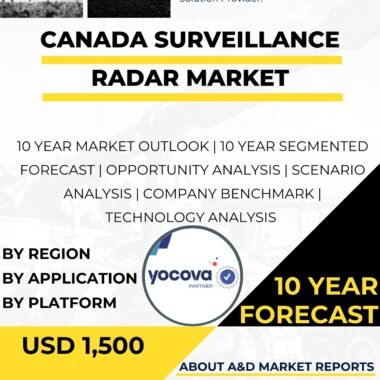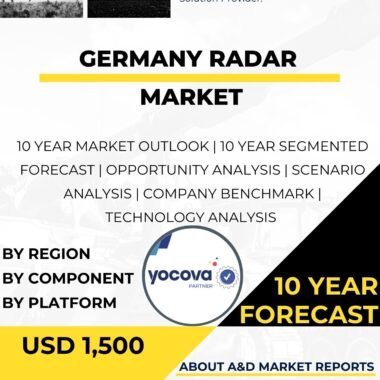Description
Singapore Surveillance Radar Market has witnessed notable growth, fueled by the nation’s emphasis on strengthening defense capabilities, maritime security, and protection of critical infrastructure. Surveillance radars—electronic systems designed to detect, track, and monitor aircraft, ships, and other moving objects—play a vital role in ensuring situational awareness and national security.
Singapore Surveillance Radar Market Key Market Drivers
Singapore’s continuous focus on defense modernization has significantly driven demand for advanced surveillance radars. As a compact island nation with limited territorial depth, maintaining robust situational awareness is crucial. Advanced radar systems enable early detection of potential threats, ensuring rapid response and operational readiness.
Singapore’s strategic maritime position and its status as one of the world’s busiest ports make maritime security a national priority. Surveillance radars, integrated with other sensor networks, help detect piracy, smuggling, and illegal fishing activities. These systems ensure continuous monitoring of coastal waters and improve response coordination for maritime incidents.
The need to safeguard vital installations—airports, power plants, and industrial complexes—has also bolstered the demand for advanced radar systems. Continuous monitoring capabilities are essential for mitigating risks and preventing disruptions in essential services.
Singapore Surveillance Radar Market Major Market Players
Singapore’s surveillance radar market is supported by a mix of international defense firms and local technology companies. Global players supply ground-based, shipborne, and airborne radar systems, while partnerships with local firms facilitate technology transfer and system integration. Meanwhile, indigenous defense firms contribute through customization, R&D, and localized support, enhancing self-reliance and operational flexibility.
Applications
Surveillance radars are indispensable for military and border security operations, ensuring persistent monitoring and threat detection across air, land, and sea domains.
Radars enhance air traffic control by providing real-time tracking data, ensuring the safe and efficient flow of aircraft within Singapore’s highly congested airspace.
Meteorological radars are vital for tracking precipitation and severe weather patterns. They enable accurate forecasting and timely emergency response coordination during adverse weather events.
Challenges
The fast-paced evolution of radar technology necessitates continuous system upgrades and replacements. Staying current with innovations in radar performance, detection range, and data processing requires sustained investment.
Singapore’s dense urban environment poses challenges related to signal reflections and interference, which can compromise radar accuracy. Advanced clutter reduction algorithms and adaptive signal processing are essential to maintain system reliability.
Future Prospects
The outlook for Singapore’s surveillance radar market remains highly positive. Ongoing defense modernization programs, maritime security initiatives, and smart infrastructure projects are expected to sustain growth. The integration of radar technologies with unmanned aerial vehicles (UAVs) and autonomous systems will further enhance surveillance efficiency and expand operational reach.
Conclusion
Singapore’s surveillance radar market continues to expand, driven by its strategic focus on defense readiness, maritime safety, and infrastructure security. Supported by global partnerships and a growing domestic defense sector, the nation is poised to remain a regional leader in advanced radar systems. As emerging technologies such as UAV integration and AI-based analytics mature, Singapore is set to further strengthen its position in the global surveillance radar landscape.




